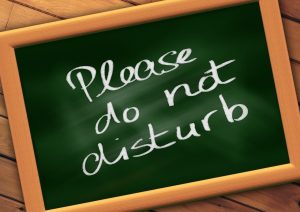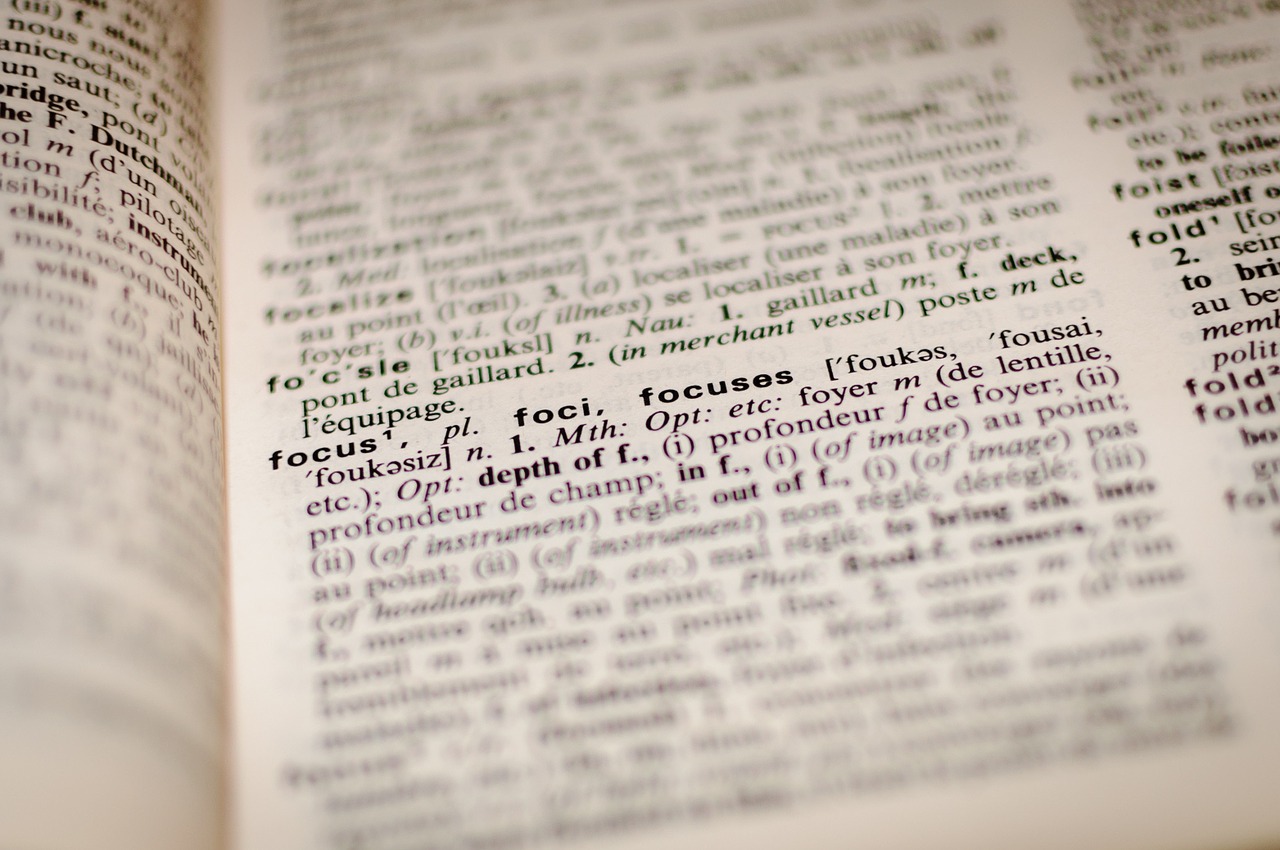Bringing focus to the scatty mind
Dyslexics and dyspraxics are prone to their minds – oh look a squirrel, how cute. Where was I? Oh yes: focus. If problems with focus are coupled with the force multiplier of poor working memory this can be disastrous. There are two areas that we need to address to tame the scatty mind: (1) internal distractions, (2) avoiding external distractions. Internal distractions are the easy ones (to write about, not to conquer). External distractions are by their very nature beyond your control but there are things you can do to limit them.
Conquering Internal Distractions
For me, a large part of productivity is about not self-sabotaging. For the most part, I can achieve this to an acceptable level by breaking work down into chunks that match my attention span and then using a system to manage my workflow such as kanban or a journal. I know I have a really poor working memory so if something pops into my head I’ll often feel compelled to do something about it right then and there to save forgetting about it. To combat this I keep an issues log to jot down concerns and questions and a to-do list to capture actions. It’s amazing how less urgent it is to work out how long it would take to cycle across America is when it stands before lunch rather than in the middle of writing a monthly report. Having a place to capture things avoids not just distractions but it also stops the loop in my mind going “don’t forget to order staples” burning precious brain cycles. Breaking up work with time boxes or interim deliverables allows me to keep on track and see progress through bigger tasks – this is a key weapon in the arsenal against lost productivity. Smaller tasks allow for concerted bouts of focus. It’s not a number of hours you put in at work that counts it’s the amount you put into those hours. 8 or 10 focused 25-minute sessions will likely result in more quality output than 8 hours of mindlessly plugging away at it.
Another technique is the gamification of boring tasks: can I get x items done by lunch? If you have repetitive elements to your job you can compete against yourself for your record score in a session. The proof this works is in the game Candy Crush into which people are happy to invest hours of time to collect stars and progress to new levels all for the ability to essentially do the same task again. Gamifying dull tasks often harnesses the creative side of your mind to look at ways of making a task easier or faster. So long as it meets the quality requirements and your not gaming the game go for it – you’ve just found a more efficient way of working – kaizen improvement here we come.
A final note on internal distractions – DO NOT MULTI TASK. Multi-tasking is a myth. It’s a self-inflicted route to reduced quality and quantity of work output. I’ll be writing more on this in a future port.

Conquering External Distractions
One of the few benefits of dyslexia being classed as a disability is that under Equality Act 2010 in the UK (which replaced the Disability Discrimination Act 1995) there is the entitlement for reasonable workplace adjustments. That is something that might come in handy with implementing the following…
Visual Distractions
In the typical workplace visual distractions are everywhere: people, TV screens, stuff out the window, I’ll save you from the endless list. Try to design your workspace to minimise the things that tend to distract you. This might be as simple as moving your desk so you don’t have that beautiful view out over the river where you can watch the boats float by for hours. In a meeting it might be picking a chair with your back to any potential distractions. I’d recommend a clear desk and a clear desktop. Move out of sight any papers and stuff you don’t need on your desk to do the job at hand. Yes that includes the 37 post-it notes on your monitor which were supposed to remind you of important things but are clearly not working. Close any windows on your desktop that are not needed for the job – including your twitter feed and other social media time sinks. It also means turning off email notifications or auto checking of your email account.
Audible Distractions
Offices can be noisy places. That’s why I love my noise-cancelling headphones. These have the benefit of blocking out background sounds and dependent on my mood also listening to music. For deep concentration try repeating a single track or album – but beware this might ruin the album for any recreational listening. I did most of my uni revision to Urban Hymns by Verve and Automatic for the People by REM and thinking of the song helps with recall of learning. I’ve tried cheap noise cancelling headphones but found them uncomfortable for extended use. I love my Bose Quietcomfort.
The phone is another source of distraction. Setting it to silent and checking voicemail will help maintain focus. People worry about doing this initially while at their desks but are quite happy to do it in important meetings. If you need to focus mute the phone.
Colleagues as Distractions
I was not sure how to categorise the lovely people I work with – when they rock up to my desk and ask “can I interrupt you” they are both a visual and an audible distraction from the task underway. In the past I have used focus flags – a red / amber / green set of smiley/frowning faces to depict I am not to be disturbed / I’m available if it’s urgent / feel free to interrupt me I need an excuse to not be doing the important thing I’m supposed to be doing. Nobody paid any notice to them. It might work for you so give it a try. What does work is noise cancelling headphones. Not only do these have the benefit of blocking out background sounds but they send a clear signal that I’m trying to focus.

Getting Deep Focus
Occasionally you need deep focus, time to really think about something without any distractions. Altering your working pattern can help you get this focus time – coming in early or staying late will reward you with a distraction free office. I keep focus work for a Friday afternoon as this is when my office is quieter than normal or pop in on a Saturday for solitude and concentration.
Focusing in meetings
The tips for visual distractions above help in meetings. I have a simple trick for focus in those meetings that you just can’t wait to be over: capture notes during the meeting as if you needed to recap the meeting to someone else. This different mindset for me is a major help. I have also experimented with graphical recording in meetings. When it works it forces you to summarise the content and draw out key points which aids comprehension and retention. I learned to practice on TED talks as they are normally well structured. I’ve not got into a consistent practice in meetings as I find myself spending too long trying to think of icons. Apparently, this gets easier as you build your visual dictionary but I’ve not yet broken through that yet.
A mini meeting tip is to go for a short brisk walk before meetings. I hate sitting still for ages and find a short walk can let some energy out and stop me fidgeting in meetings.
Hyperfocus
There is, of course, the opposite problem – hyperfocus. This is where you become so engrossed in a task (which may or may not be beneficial) that hours pass and you miss meetings. Setting external alerts or reminders can be useful to check the focus is staying on track. Time boxing is one such technique. If the alert goes off and you are engrossed in a valuable task reset the timer and carry on. If you’ve just spent the last 25 minutes organising your Staedtler triplus fineliners into alphabetical order based on the hex codes for the closest approximation to their colour in a web colour picker then review and move on to the most important task


Pingback: Mindfulness for those that can’t meditate – Differently Wired
Pingback: How to manage distractions in open plan offices – Differently Wired